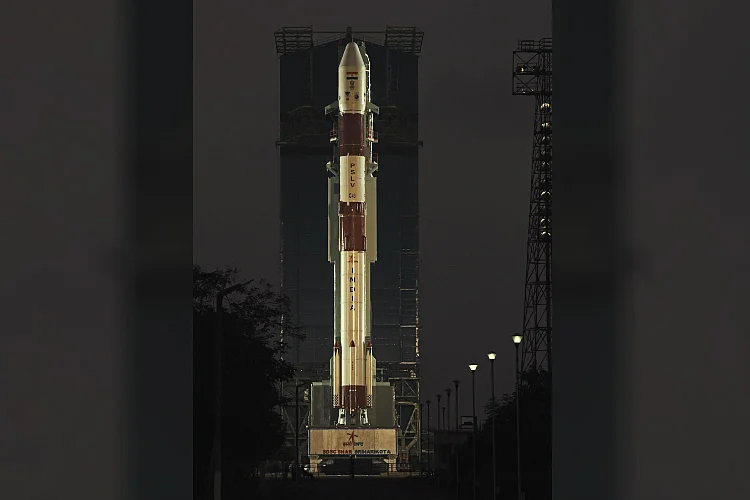


This built-in hold varies between 13 to 14 hours.

Image above: After rollback of the rotating service structure on Launch Pad 39A, space shuttle Endeavour waits for launch on the STS-127 mission. Begin loading cryogenic propellants into orbiter's power reactant storage and distribution (PRSD) system.Clear launch pad of all non-essential personnel.This is the first built-in hold and typically lasts four hours. Complete flight deck preliminary inspections.Complete preparation to load power reactant storage and distribution system.Remove middeck and flight deck platforms.
#TIMER 30 MINUTES ROCKET SOFTWARE#
Load backup flight system software into the orbiter's general purpose computers.Review flight software stored in mass memory units and display systems.Begin final vehicle and facility close-outs for launch.The Shuttle Test Director performs the traditional call to stations and the countdown clock is activated. Note: Event times and lengths are approximate and subject to change. Here are some of the key events that take place at each milestone after the countdown begins. For the space shuttle countdown, built-in holds vary in length and always occur at the following times: T-27 hours, T-19 hours, T-11 hours, T-6 hours, T-3 hours, T-20 minutes, and T-9 minutes. Pauses in the countdown, or "holds," are built into the countdown to allow the launch team to target a precise launch window, and to provide a cushion of time for certain tasks and procedures without impacting the overall schedule. On this page, you'll learn how the countdown operates, and what milestones to watch for during our live launch coverage. The countdown clock is one of the most-watched timepieces in the world. Image above: Spectators gather on the grounds in front of the countdown clock during a space shuttle launch.


 0 kommentar(er)
0 kommentar(er)
